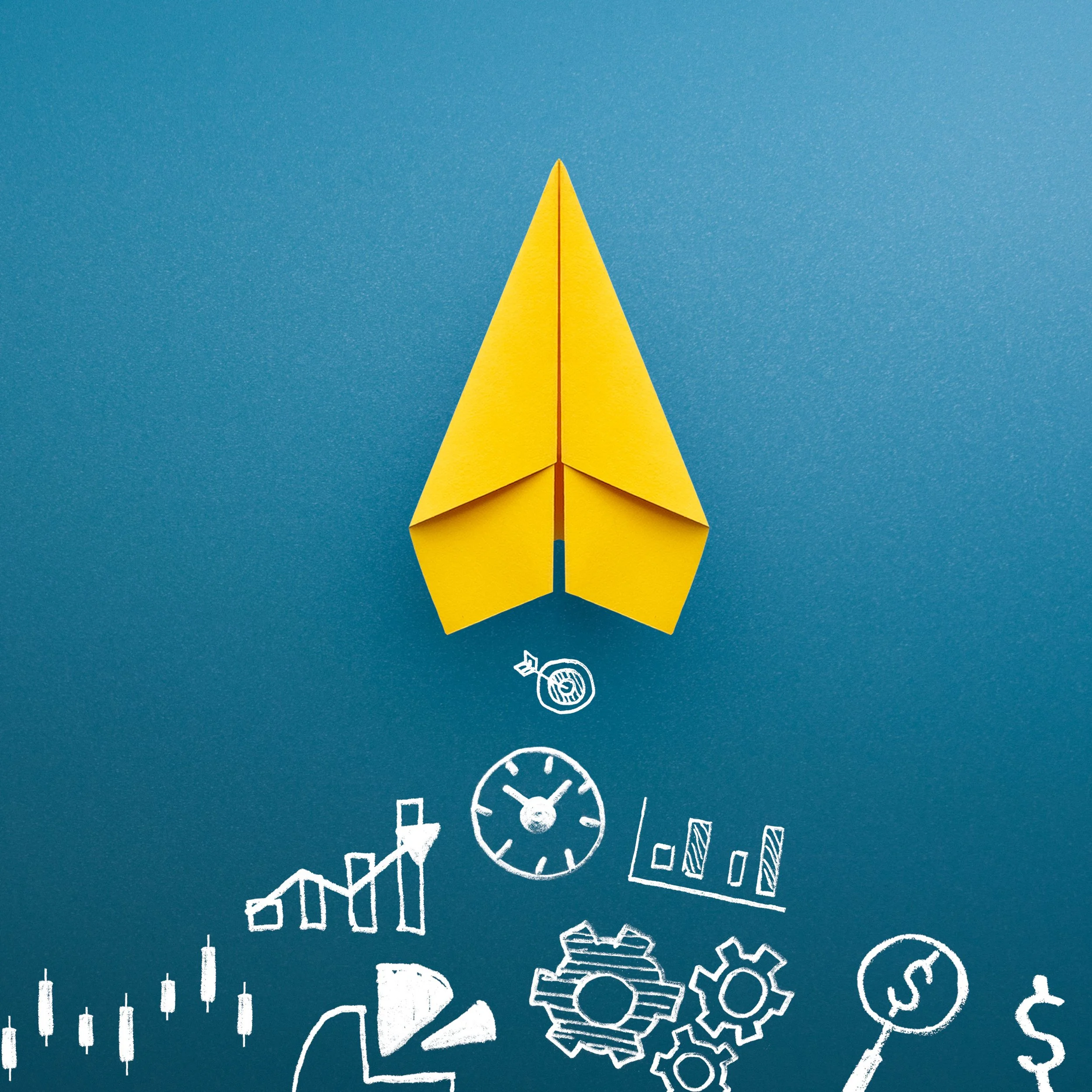What Is CPL? — Cost Per Lead
Monitoring the cost per lead could offer valuable insight into whether your investment in lead generation is appropriate or excessive, especially when calculating the cost per lead for each lead source separately.
If you are paying for advertising on social media or Google Search, you probably want to know how much you spend on the leads you receive from these platforms.
The metric cost per lead (CPL) does precisely that. It measures the average amount a company spends on getting one new lead from an advertising campaign.
For example, let's assume that you pay $3,000 for a Facebook ad campaign that generates 50 leads. The cost per lead is $60 ($3,000 divided by 50).
CPL by Lead Source
Keep in mind that acquiring a lead doesn't guarantee a signed contract.
Relying solely on the cost per lead metric to evaluate the success of your advertising campaign may not provide a complete picture.
However, akin to an early warning light, monitoring the cost per lead could offer valuable insight into whether your investment in lead generation is appropriate or excessive, especially when calculating the cost per lead for each lead source separately.
Cost per Sales-Qualified Lead
In practice, the cost per lead may vary widely among advertising platforms, with some having a much lower lead acquisition cost than others.
Before hastily reallocating your ad spending to platforms with lower cost per lead, it's crucial to consider the quality of the leads you receive.
Depending on your business situation, it might make sense to pay a bit more for leads that are more likely to convert into paying customers.
When a sales representative follows up on a lead and finds that a prospect has a concrete buy intent, the lead becomes a sales-qualified lead (SQL).
The cost per sales-qualified lead measures the average amount a company spends on getting one new sales-qualified lead from an advertising campaign.
For example, you pay $3,000 for a Facebook ad campaign that generates 50 leads. However, the sales team can only qualify 10 leads. The cost per sales-qualified lead is $300 ($3,000 divided by 10).
Cost per Acquisition (CPA)
Unfortunately, only a fraction of the original leads will turn into paying customers.
The metric cost per acquisition (CPA) measures the average amount a company spends on acquiring one new paying customer from an advertising campaign.
Using the original example, you pay $3,000 for a Facebook ad campaign that generates 50 leads. While the sales team qualifies 10 leads, only 2 become paying customers. The cost per acquisition is $1,500 ($3,000 divided by 2).
Is Your Lead Conversion Process Efficient?
A single metric may not provide the complete picture. However, by comparing the metrics cost per lead, cost per sales-qualified lead, and cost per acquisition, you can evaluate the efficiency of a company's lead conversion process. The more leads convert into paying customers, the more efficient the lead conversion process is.
How to Reduce the Cost per Lead
Acquiring leads can be expensive. These five tips can reduce the cost per lead and increase the effectiveness of your advertising campaign.
Refine audience targeting. Successfully reaching your target audience in terms of demographics and geography requires finesse and continuous fine-tuning.
Create better advertising. Try different ad formats and use attention-grabbing pictures or professionally made videos until you find a style that resonates with your audience and yields qualified leads.
Change advertising platforms. The platforms your customers use essentially determine whether a platform is a good fit for promoting your business. If an advertising platform isn't generating enough qualified leads, exploring better-performing channels may be worth researching.
Improve your landing page. When running ads, make sure that the landing page on your website linked in the ad is relevant to the ad content. If the landing page doesn't match the ad, it can confuse potential customers.
Stay engaged with your leads. Staying engaged with leads who may not currently have a purchase intent offers the opportunity to develop them into paying customers in the future.
Final Thoughts
Many entrepreneurs believe purchasing leads is the only way to grow their businesses.
While some paid advertising is undoubtedly necessary to gain visibility with potential customers, it shouldn't be the sole strategy.
Equally important are social media content that can be easily shared and a well-structured loyalty program that rewards referrals.














